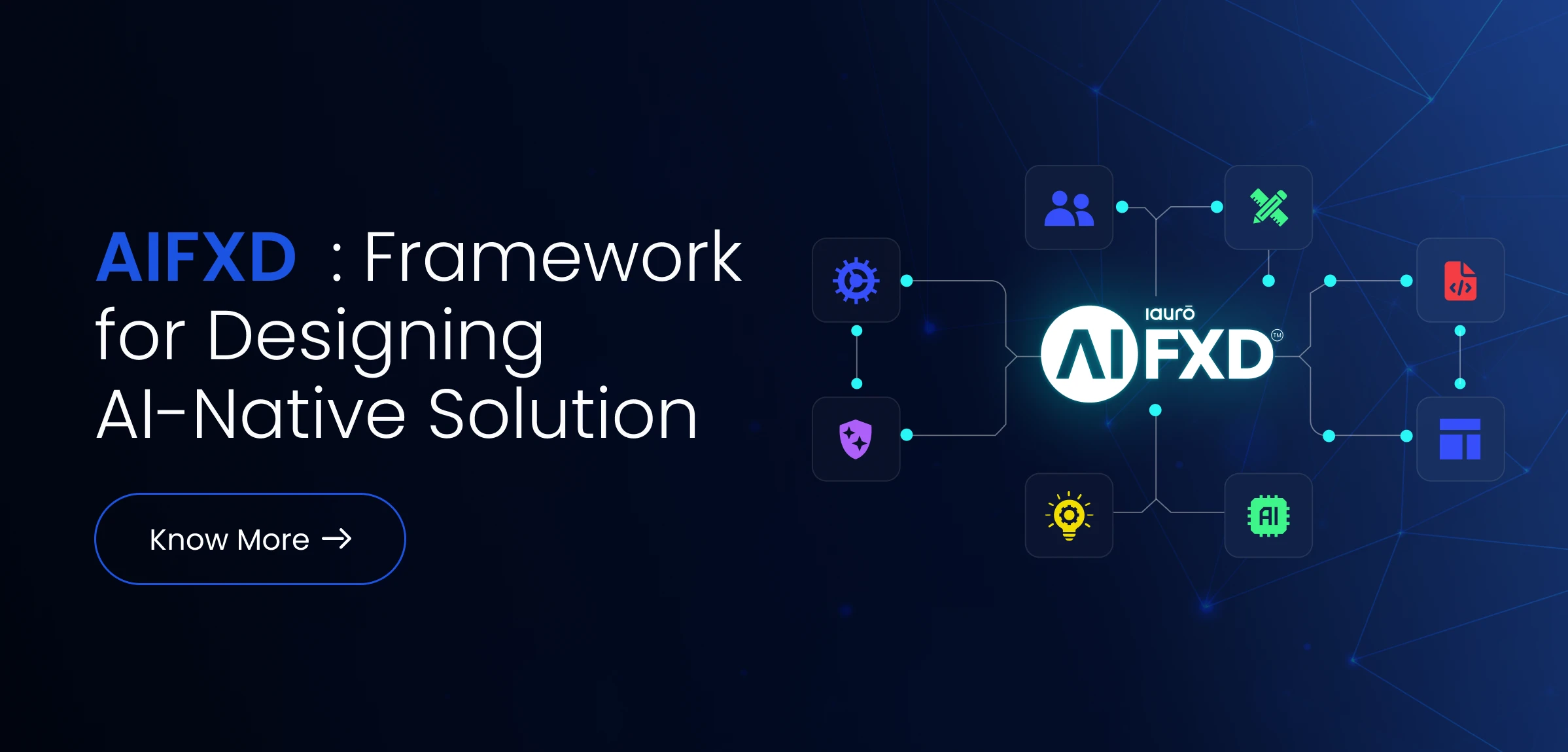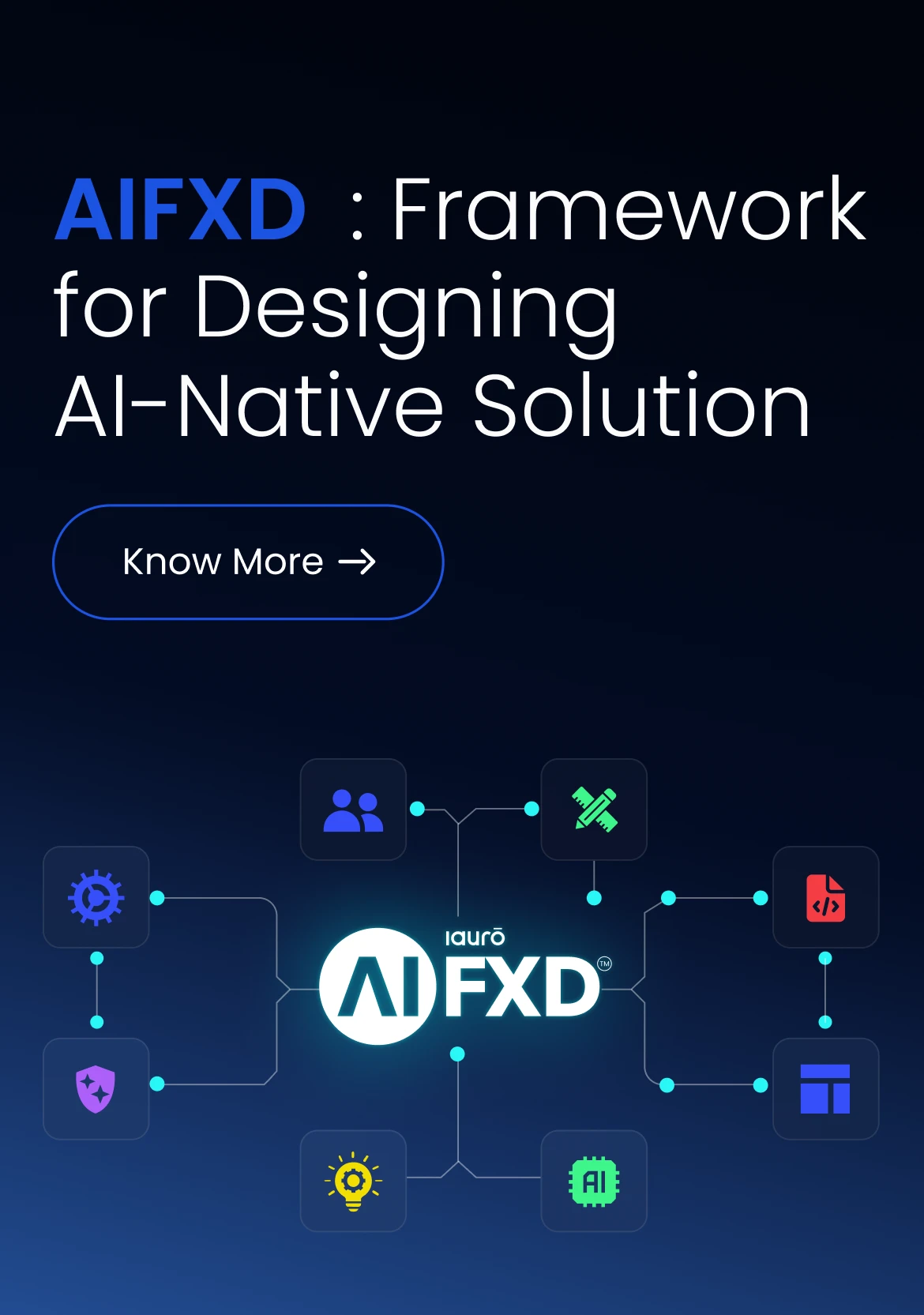A knowledge portal for the insurance industry
to better understand cybersecurity.

- Company
- Domain
- Service
- Technology
- Platform
Introduction
Problem Statement
- Current security threats existent in the market
- The need for particular targeted insurance
- A means of conveying insurance coverages, endorsements, exclusions, and the services provided by the insurer
The lack of actual knowledge on cybersecurity hinders insurance professionals from understanding its technicality and effectively communicating it to their clients which made it difficult to sell. Knowing the threats and impacts of misused data requires an in-depth understanding of cybercrimes that must be conveyed to end consumers. Technical knowledge gaps had to be closed in understanding intricacies of threat impacts according to incidents such as Cyber Extortion, Malware Intrusion, Cyberbullying, Unauthorized Transactions, and many more
Solution:
Insufficient knowledge:
Cybersecurity, being relatively an emerging domain made it difficult to identify risks.
Extremely technical to comprehend:
Due to a lack of information, the consequences were assumed to be intangible and difficult to comprehend.
Difficult to measure:
Measurement was challenging due to the obscurity of dangers, making data measurement difficult to understand.
Clearly Formulated Visual Schemes:
Pursuit of Personalization:
Optimal Navigation:
Radical Features: The differentiators
News Feed:


Attack Simulation:
Attack data:


Financial simulation:
Process and Workflow:

Technology stack: a synthesis of essential elements
Technologies Used

End Impact
5X increase in availability of data on past cyber incidents for insurance professionals.
Uncertainty about the efficiency of various security systems in terms of risk reduction has been reduced by 50%.
A knowledge portal for the insurance industry to better understand cybersecurity.
Company
Private Company
Domain
Financial Services
Service
Design Thinking, UI/UX, E2E Product Development
Technology
Angular, JS, CSS3, HTML5, Node.js, Nestjs, PostgreSQL, Mongo, Redis, Kubernetes, AWS
Platform
DSL, GESSA
Introduction
Problem Statement



- Current security threats existent in the market
- The need for particular targeted insurance
- A means of conveying insurance coverages, endorsements, exclusions, and the services provided by the insurer
The lack of actual knowledge on cybersecurity hinders insurance professionals from understanding its technicality and effectively communicating it to their clients which made it difficult to sell. Knowing the threats and impacts of misused data requires an in-depth understanding of cybercrimes that must be conveyed to end consumers. Technical knowledge gaps had to be closed in understanding intricacies of threat impacts according to incidents such as Cyber Extortion, Malware Intrusion, Cyberbullying, Unauthorized Transactions, and many more.




Solution
Insufficient knowledge:
Cybersecurity, being relatively an emerging domain made it difficult to identify risks.
Extremely technical to comprehend:
Due to a lack of information, the consequences were assumed to be intangible and difficult to comprehend.
Difficult to measure:
Measurement was challenging due to the obscurity of dangers, making data measurement difficult to understand.
Clearly Formulated Visual Schemes:
Strategic UI Research concluded that Japanese users prefer detailed information with less white space on pages and graphics clustered together. Personalized color schemes for cybersecurity platforms were identified also making sure that colors were contrasted against the background so that visually impaired users could use them.
Pursuit of Personalization:
The platform was powered with customized functionality that gets adapted to a certain user pattern, and the platform suggests actions that a person could perform next.
Optimal Navigation:
Enabling users to find valuable information and necessary details within seconds.
Radical FeaturesThe differentiators
News feed:

Attack simulation:

Attack data:

Financial simulation:

Process and Workflow:

Technology stack: a synthesis of essential elements
Technologies used


